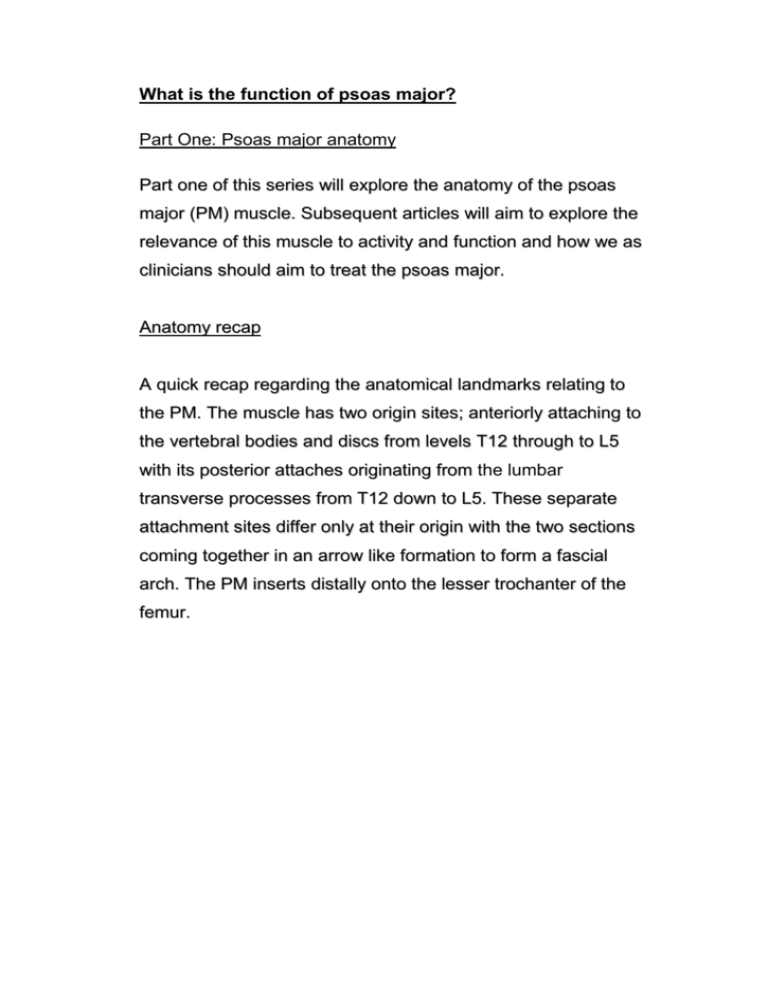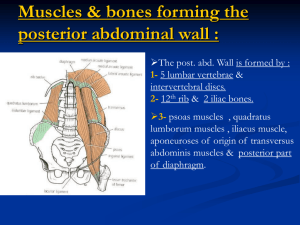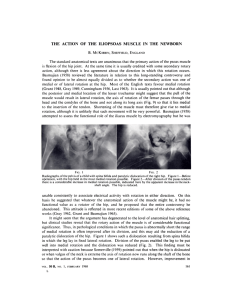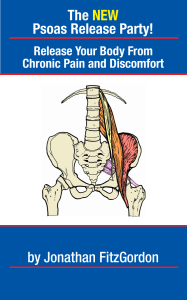It is mainly formed by the lower part of the tendon of
advertisement

What is the function of psoas major? Part One: Psoas major anatomy Part one of this series will explore the anatomy of the psoas major (PM) muscle. Subsequent articles will aim to explore the relevance of this muscle to activity and function and how we as clinicians should aim to treat the psoas major. Anatomy recap A quick recap regarding the anatomical landmarks relating to the PM. The muscle has two origin sites; anteriorly attaching to the vertebral bodies and discs from levels T12 through to L5 with its posterior attaches originating from the lumbar transverse processes from T12 down to L5. These separate attachment sites differ only at their origin with the two sections coming together in an arrow like formation to form a fascial arch. The PM inserts distally onto the lesser trochanter of the femur. Some anatomy texts refer to the muscle illiopsoas which is highly inaccurate. The psoas group and the illiacus are very individual muscle by architecture, innervation and function. In addition, it is inaccurate to group both PM and psoas minor together for the same reasons. Although they share a tendon distally prior to the insertion on to the lesser trochanter, psoas minor can be absent in up to 15% of the population (Moore et al, 2006), thus, negating the collective psoas group (PM and psoas minor) as one unit. The PM is made up of predominatly unipennate muscle fibres which is somewhat surprising given that this muscle has the largest cross sectional area of any muscle in the lower lumbar area. Generally, large phasic muscles are made up of multipennate muscle fibres, given the need for large levels of muscle recruitment and strength. In addition, Comberford (2010) indicates that the PM shortens only 1- 2.25 cm during concentric contraction. This accounts for only a quarter of muscle fibre length and an eighth of total fascicle length, given the 3 – 8 cm fibre length and 10 – 15 cm fascicle length quoted for the PM. We could therefore question whether the inability of this muscle to shorten can adequately produce enough torque to produce such a large movement such as hip flexion over such a long lever arm. Thus, the question is; Is the PM an effective hip flexor and prime mover? Or does the PM have a more important role? Look out for Part two coming soon………….. Andy Barker











